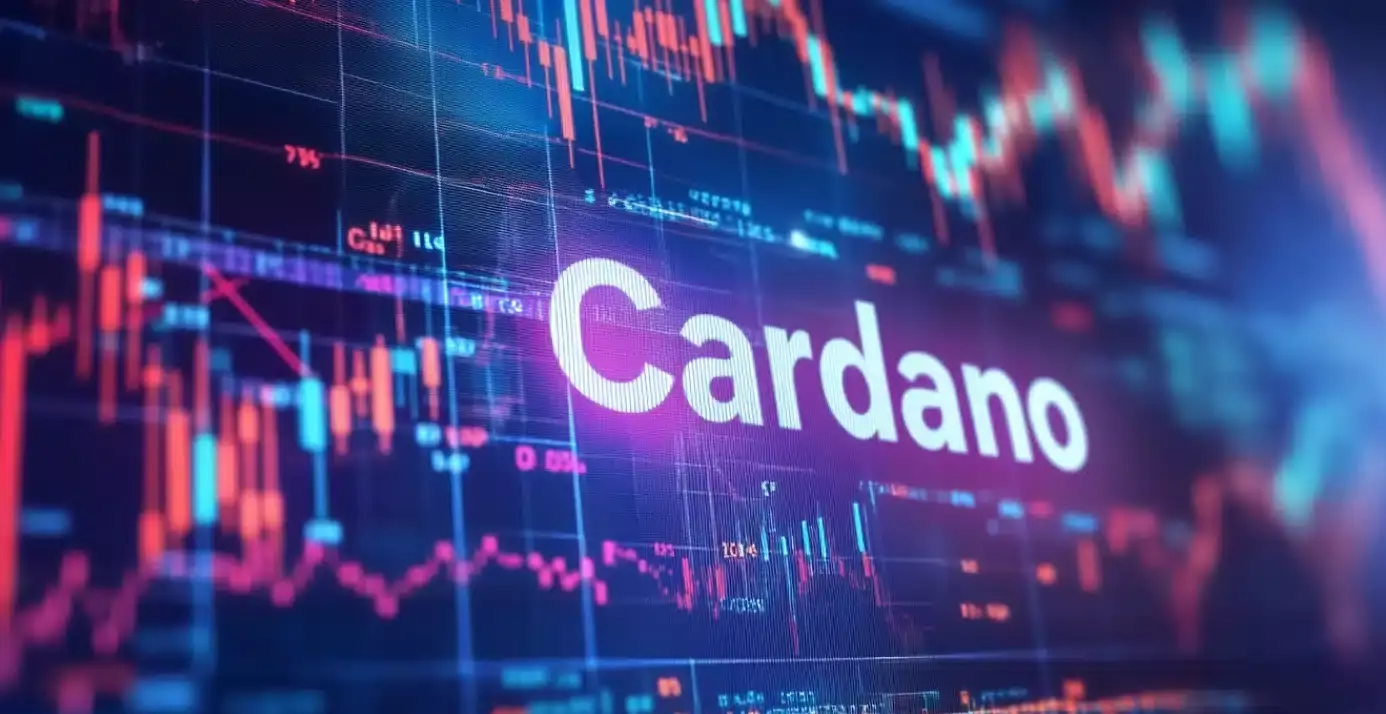Cardano (ADA) is facing a tumultuous period, trading around the $0.80 mark, a significant drop of over 40% from its December highs. This decline sets the stage for a critical analysis of its performance and future potential, especially in light of recent comments made by founder Charles Hoskinson. The cryptocurrency landscape is notoriously volatile, and Cardano’s current position highlights a key moment in its evolution—one that could either lead to renewed momentum or further stagnation.
In a recent YouTube interview, Hoskinson took a defensive stance on Cardano’s strategic direction while critiquing leading competitors such as Ethereum (ETH) and Solana (SOL). He articulated a vision for Cardano that integrates with Bitcoin, identifying this partnership as a largely untapped opportunity, which he estimates could be valued at $2 trillion. Hoskinson’s comments reflect a strategic pivot toward decentralized finance (DeFi) applications tied to Bitcoin, expressing confidence that Cardano stands uniquely positioned to fulfill this niche. His assertion that Ethereum and Solana lack the necessary infrastructure to achieve similar integration raises questions about the sustainability of their ecosystems, particularly as they continue to expand layer-2 solutions.
Moreover, the announcement of a partnership with BitcoinOS indicates a proactive approach to integration, with expectations for activation in the near future. However, Cardano is not alone in striving for a foothold on the Bitcoin network; other projects like Core and Stacks also seek to establish themselves as a layer-2 solutions for Bitcoin, highlighting the increasingly competitive landscape. Core has managed to draw in 53 developers and amassed a total value locked of $626 million, while Stacks has launched 12 decentralized applications and holds $104 million in assets. This competition emphasizes the importance of innovation and adaptability within Cardano’s framework.
The current market conditions reveal a larger trend as ADA’s price attempted to stabilize after plummeting to $0.524, presenting possible signals for future growth. Notably, ADA remains above its 50-week moving average, which is often seen as a bullish indicator. Historical data suggests a potential for recovery, as the coin strives for last year’s peak of $1.32—a target that signifies a 70% increase from its current value. Observing the weekly chart and employing Fibonacci analysis, there is also a theoretical framework, following the Elliot Wave pattern that suggests the potential for a bullish third phase to unfold.
While Cardano confronts formidable challenges both externally from its competitors and internally within its community, the potential for rebounding rests on strategic innovations like its Bitcoin integration and continued advocacy from Hoskinson. As market dynamics evolve, ADA’s ability to capitalize on its strengths while addressing the glaring weaknesses will ultimately determine whether it can reclaim its status and foster a sustained recovery. For investors and advocates, the next few months will prove pivotal in establishing Cardano’s trajectory in the ever-shifting cryptocurrency ecosystem.


Leave a Reply